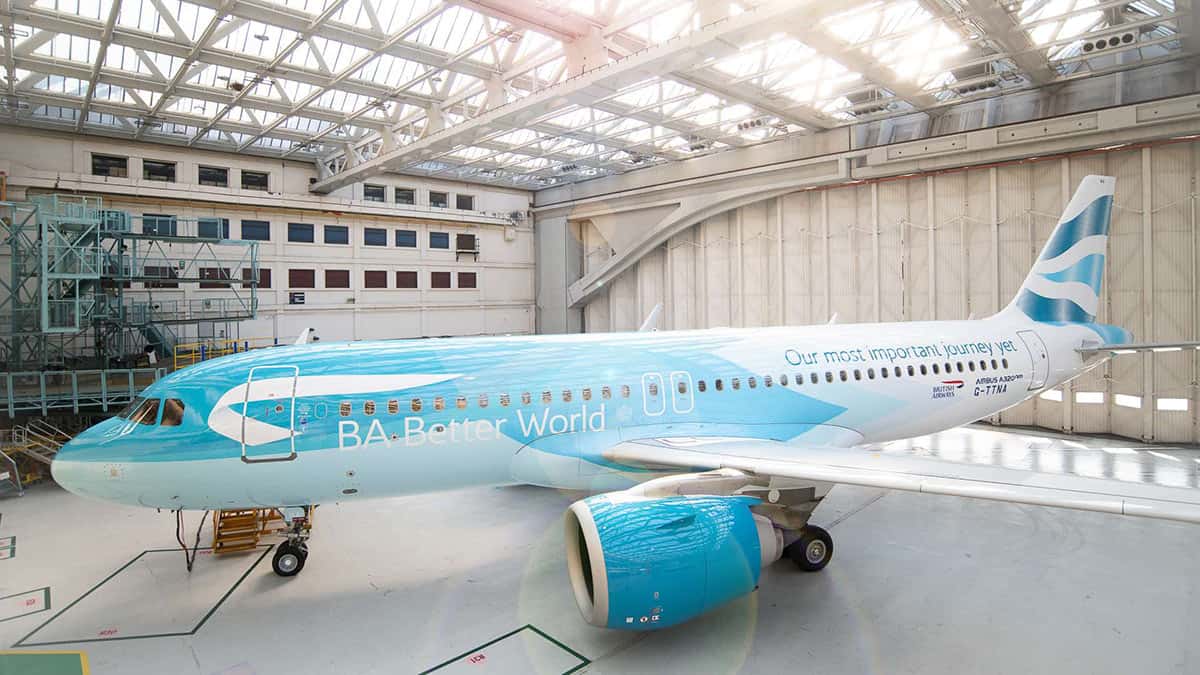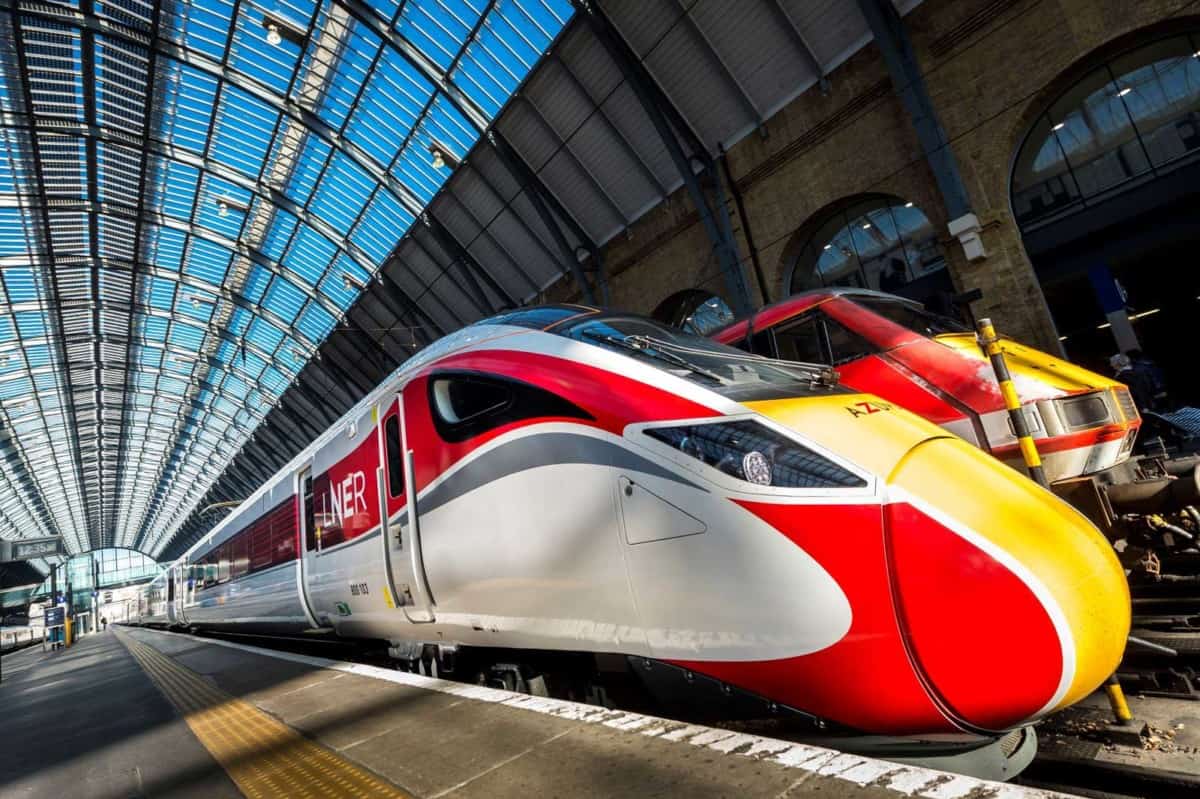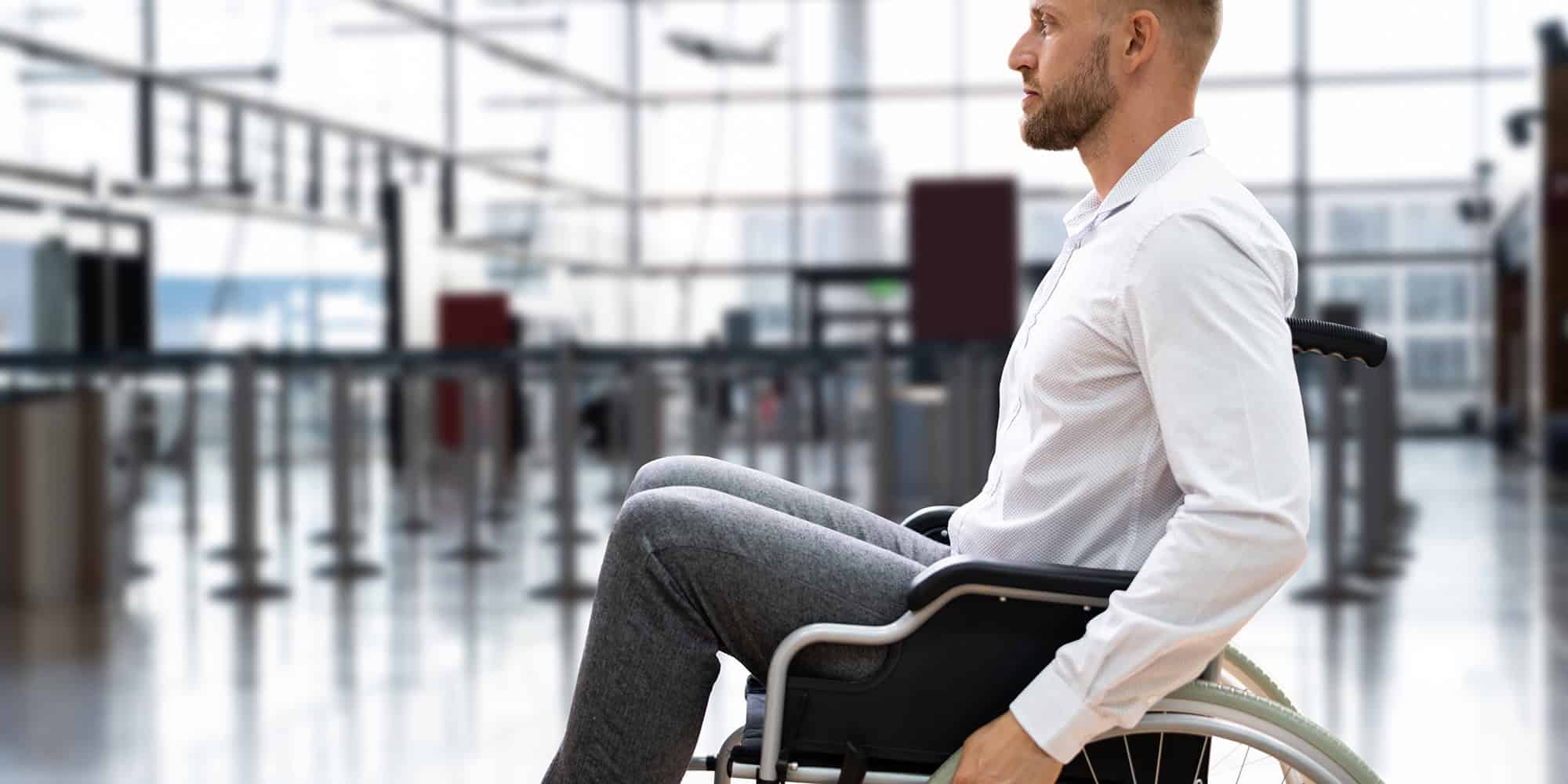The UN COP 26 climate summit is almost upon us and many delegates from Europe will make their point by travelling to Glasgow by rail.
A special train will leave Amsterdam for London, where delegates will switch to another carrying them to Glasgow. We will hear a lot about trains during the conference, particularly about their CO2 emissions compared to air travel.
Aware of this, in September, British Airways operated a ‘carbon neutral’ flight from London to Glasgow. The airline said the flight’s CO2 emissions had reduced by 62% compared to a similar experiment that took place in 2010. This time, BA used a new generation Airbus and 35% Sustainable Aviation Fuel, offsetting remaining emissions from conventional kerosene.

BA’s efforts are to be applauded, but until a whole range of technologies, particularly around fuels, are developed, rail remains by far the more sustainable option, as LNER’s carbon calculator shows.
LNER estimates London-Glasgow by electric rail emits 24.48 kg of CO2. This compares with car travel at 63.38kg and kerosene-based flying, which reaches 165.08kg – 6.74 times as much as train travel.
The Office of Rail and Road will publish latest emission figures in November, but those from 2019-20 show passenger train electricity usage increased by 5.3%. However, diesel passenger usage also rose 1.5% compared to 2018-19.
Despite this slight increase in both types of propulsion, the level of CO2 emissions per rail passenger km in 2019-20 was 4% lower than 2018-19. The ORR said: “This is predominantly due to a transition towards renewable energy sources in the electricity sector in Great Britain.”
The Department for Transport’s Decarbonising Transport report estimates that in 2018, greenhouse gas emissions (GHG) from passenger and freight rail ‘made up just 1.4% of the UK’s domestic transport emissions’ and were becoming less carbon intensive as new trains using greener electricity entered service.
In 2018, the DfT challenged the rail industry to remove all diesel trains from the network by 2040, while the Scottish government hopes to decarbonise passenger rail by 2035. More than 70% of UK passenger rail vehicles are already electric powered, but about 3,700 wholly or partially diesel-powered passenger trains remain in use.
Removing these depends on electrification across the network or hybrid technologies. Where they can be introduced, greener trains are having an impact: in 2018 CO2 emissions from passenger trains dropped by 195,000 tonnes, equivalent to taking around 90,000 cars off the road.
Electric trains need greener sources of power to be truly sustainable and there is tangible evidence of improvement here. The DfT estimates energy supply generally has more than halved its carbon emissions since 1990 to make up 23% of the total – firm evidence electricity is becoming more sustainable.
Where train lines will never be electrified, other solutions must be found. Lorries running on waste vegetable oil and grease are now a common sight. This emits up to 90% less GHGs than fossil diesel, but supplies are currently inadequate for rail’s needs.
Deutsche Bahn is researching these alternative fuels, based on processed organic residues and waste. It also plans battery-powered trains charged on overhead line “islands” – a short, electrified section that powers the train to the next charging point. Trains with hydrogen drives are also being researched.
GWR is also on the case. A spokesperson said: “In addition to electrification programmes, we are committed to reviewing emerging technologies such as bi-mode/hybrid, battery fuel cell and hydrogen power, alone or alongside other technology.”
LNER’s Azuma trains, which will ferry delegates to COP 26, are diesel-electric hybrids, with diesel kicking in where there is no electrification. LNER said: “We are investigating phasing out the diesel generator units and replacing them with battery storage to power our trains where there is no overhead wire. This won’t be a quick solution, but we are committed to looking to the future.”

Sourcing sustainable power is an issue, although LNER says there is no problem at stations. “We are in control of our energy supplies here, so we can choose to purchase renewable energy. The energy our trains use is supplied to us, so we don’t have much control over what type it is or where it comes from. This is where it gets a bit tricky.”
It is indeed a tricky problem, but rail already has a head start on aviation and it is much easier to make hybrid trains than planes. Rail’s sustainability credentials can only grow.
To find out more about how Meon can help you meet your sustainability goals please contact us by email at [email protected] or by telephone +44 (0)116 264 5270.






